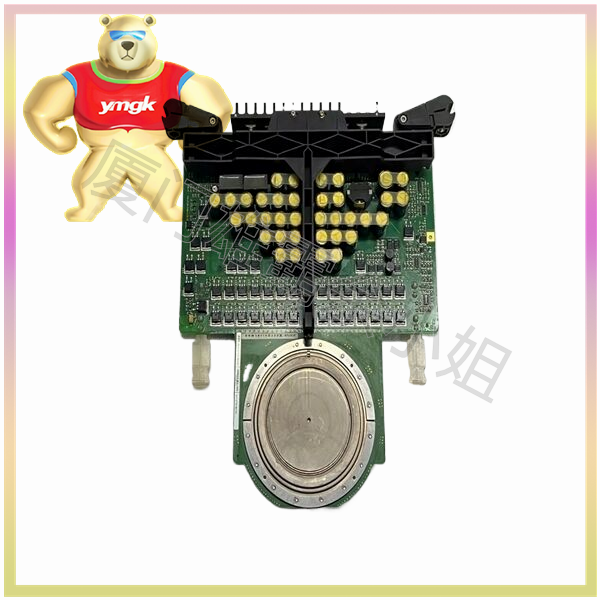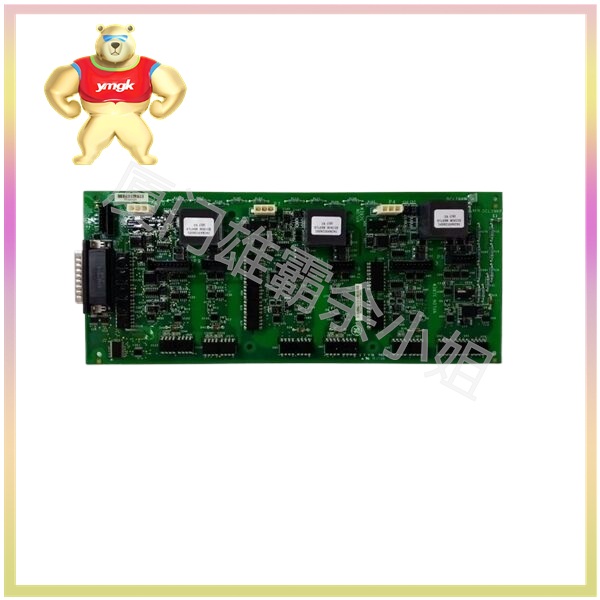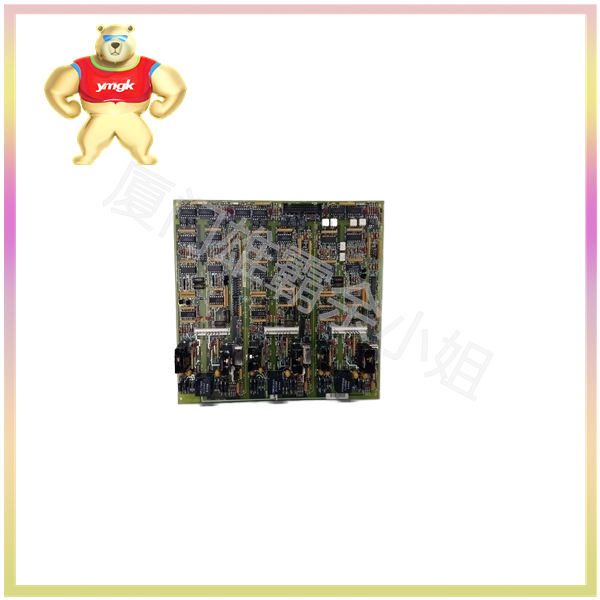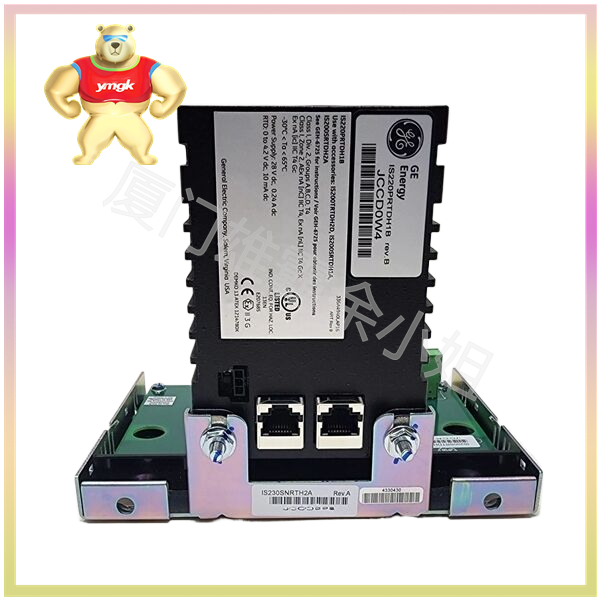3、 The difference between DC relay and AC relay
The working principle of DC relays and AC relays is the same, based on electromagnetic principles without any difference, but the power supply of DC relays must be DC power, and the power supply of AC relays must be AC power. The DC resistance of a DC relay coil is very high, and the coil current is equal to the voltage divided by the DC resistance of the coil, so the coil wire is thin and has many turns.
The number of turns in the coil of an AC relay is relatively small, because the current limitation in an AC circuit is mainly due to the coil inductance, in addition to the coil resistance. The magnitude of the inductance XL is proportional to the frequency of the AC power. If an AC relay is connected to a DC circuit, the inductance XL=0 because the frequency of the DC power is zero, and the internal resistance of the coil is very small, the coil will heat up and burn out. On the contrary, when a DC relay is connected to an AC power source, it cannot be interchanged due to the high internal resistance and inductance of the coil, which can cause the coil to fail to close.
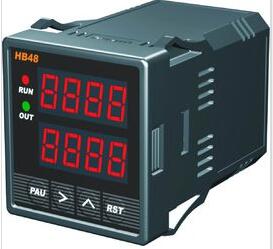
4、 How to distinguish between AC relays and DC relays
Many customers are confused about whether to choose DC relays or AC relays for their products. Customers often ask: My relay input is DC and the output is AC; Or the input terminal I want is AC and the output terminal is DC; Or direct current to direct current, alternating current to alternating current, is that okay. Faced with the question of whether to use AC relays or DC relays, it is necessary to popularize what AC relays are, what DC relays are, and how to use them.
The simplest way to put it is: AC relays are called AC relays, and DC relays are called DC relays. AC relays work with AC power, while DC relays work with DC power. The coil diameter of AC relay is thicker and has fewer turns, while the coil diameter of DC relay is thinner and has more turns. The iron core of the AC relay has a short-circuit ring, while the DC relay does not. The iron core of AC relays is mostly E-shaped, while the iron core of DC relays is cylindrical. The AC coil generates heat due to eddy currents and hysteresis losses in the iron core, so the coil has a skeleton to isolate the iron core from the coil, and the coil is made into a short and thick, short and bulky shape for heat dissipation between the coil and the iron core.
DC coils are often of the boneless, tall and thin slender type, which allows direct contact between the coil and the iron core for easy heat dissipation. In terms of the heating situation of the coil and iron core, in the AC electromagnetic system, the iron core is the heating component with a large gap between it and the coil, which does not transfer heat to the coil. Moreover, the coil shape is short and thick, which facilitates the heat dissipation of the iron core; In a DC electromagnetic system, the coil is a heating component with no gap between it and the iron core. It uses the iron core to dissipate heat, and the coil shape is slender, making it easy for the coil to dissipate heat.
Q: “If the coil is connected to an AC circuit, can the contacts be connected to a DC circuit?” This situation is possible, and conversely, if the coil is connected to a DC circuit, its contacts can also be connected to an AC circuit. These two situations generally have different cable labels, and there are also differences in the case of selecting wire numbers. But this type of circuit is prone to generating some induced voltage, which can lead to erroneous judgments during measurement and maintenance.
Question: “How should I choose AC or DC for relays?” AC has a wide range of applications, but DC relays are relatively less commonly used. There are generally two types of applications for DC relays: 1. They are used to protect interlocking systems, and even in the event of a power loss in the factory AC power supply, they can trigger the protection circuit, of course, their contacts must also be in the DC system; In high-power applications, DC relays can be used in places where electromagnetic force is required for control. This is because, despite being 220V, the electromagnetic force generated by DC is much greater, which is more advantageous for controlling the main circuit. In automotive applications, we all use direct current to supply power, so we use direct current relays.


